Ancient Ideas and Modern Techniques in Acupuncture: Bridging Tradition and Science
I am often asked where acupuncture came from and how it pertains to illnesses today. I hope this article clarifies those questions.
Acupuncture, one of the oldest healing arts in human history, has continually evolved while maintaining its philosophical and energetic roots in Traditional Chinese Medicine (TCM). From there, it branched out to different Asian countries who have their own traditional styles in acupuncture like Korea, Japan, Vietnam, Thailand and even Indonesia.
Acupuncture was brought to this country in 1971, after journalist to Nixon, James B. Reston had an emergency appendectomy in China and Chinese doctors used acupuncture to manage his post-operative pain. He wrote about his experience in The New York Times.
Today, acupuncture seamlessly bridges ancient wisdom with modern scientific innovation, creating a comprehensive approach to health and healing that addresses both body and mind. It is not only used to treat stress and pain, but inflammatory and autoimmune conditions, metabolic and hormonal disorders and other modern lifestyle-related diseases such as hypertension, insomnia, digestive disorders, etc, etc.
THE ANCIENT FOUNDATION OF ACUPUNCTURE
Acupuncture originated over 2,500 years ago in China and is deeply rooted in the philosophy of Qi (vital energy) and the balance of Yin and Yang. According to TCM, Qi flows through meridians—pathways that interconnect organ systems and maintain harmony within the body. When Qi flow is obstructed, pain or illness arises.
Traditional acupuncture techniques were designed to restore this balance by inserting fine needles into specific acupoints along these meridians, promoting energy circulation, stimulating natural healing, and calming the nervous system.
While Tradition Chinese Medicine used diagnosing techniques such and taking the pulse and looking at the tongue, the classical Japanese Acupuncture I do is all palpation based which makes it a great blend with more modern techniques listed below.
MODERN TECHNIQUES AND SCIENTIFIC ADVANCES
In recent decades, acupuncture has embraced modern technologies and biomedical insights while retaining its classical framework. Innovations have led to new techniques such as:
Electroacupuncture: Mild electrical currents are applied through acupuncture needles into motor points to enhance stimulation and improve circulation, neuromodulate muscles and nerve regeneration.
Auricular (ear) acupuncture: Based on both ancient maps and neuroanatomical studies, it’s used for pain, addiction, and stress regulation.
Dry needling: Dry needling is one of many acupuncture techniques (formerly called trigger-point needling) Though developed now by western practitioners. It draws from acupuncture’s understanding of muscle trigger points and meridian pathways.
Modern imaging technologies like fMRI and PET scans have shown that acupuncture modulates activity in the brain’s pain and sensory centers, stimulates endorphin release, and regulates the autonomic nervous system.
SCIENTIFIC EVIDENCE SUPPORTING ACUPUNCTURE’S EFFECTIVENESS
Research continues to validate acupuncture’s therapeutic effects. Studies have shown benefits in treating chronic pain, migraines, osteoarthritis, and anxiety, among others.
A landmark meta-analysis published in The Journal of Pain (Vickers et al., 2018) reviewed over 20,000 patients and found that acupuncture outperformed both sham and no-acupuncture controls in chronic pain conditions.
Neuroscience Letters (2016) demonstrated that electroacupuncture enhances neuroplasticity and pain modulation by activating endogenous opioid pathways.
Frontiers in Neuroscience (2022) reported that acupuncture positively influences inflammatory and stress-response biomarkers, supporting immune balance and emotional regulation.
This fusion of ancient theory and modern evidence reflects how acupuncture has adapted to contemporary healthcare without losing its foundational integrity.
THE HARMONY OF OLD AND NEW
Today’s acupuncture practitioner may use stainless-steel disposable needles, sterile protocols, and digital diagnostic tools—but the guiding principles remain unchanged: to restore balance, enhance vitality, and support the body’s natural ability to heal.
This synthesis of timeless wisdom and modern science ensures acupuncture’s relevance not only as a traditional therapy but as an integral part of modern integrative medicine. As always, seek a Licensed Acupuncturist (L.Ac.) when looking for the best acupuncturist. I’m happy to find someone for those who live out of town as well.

